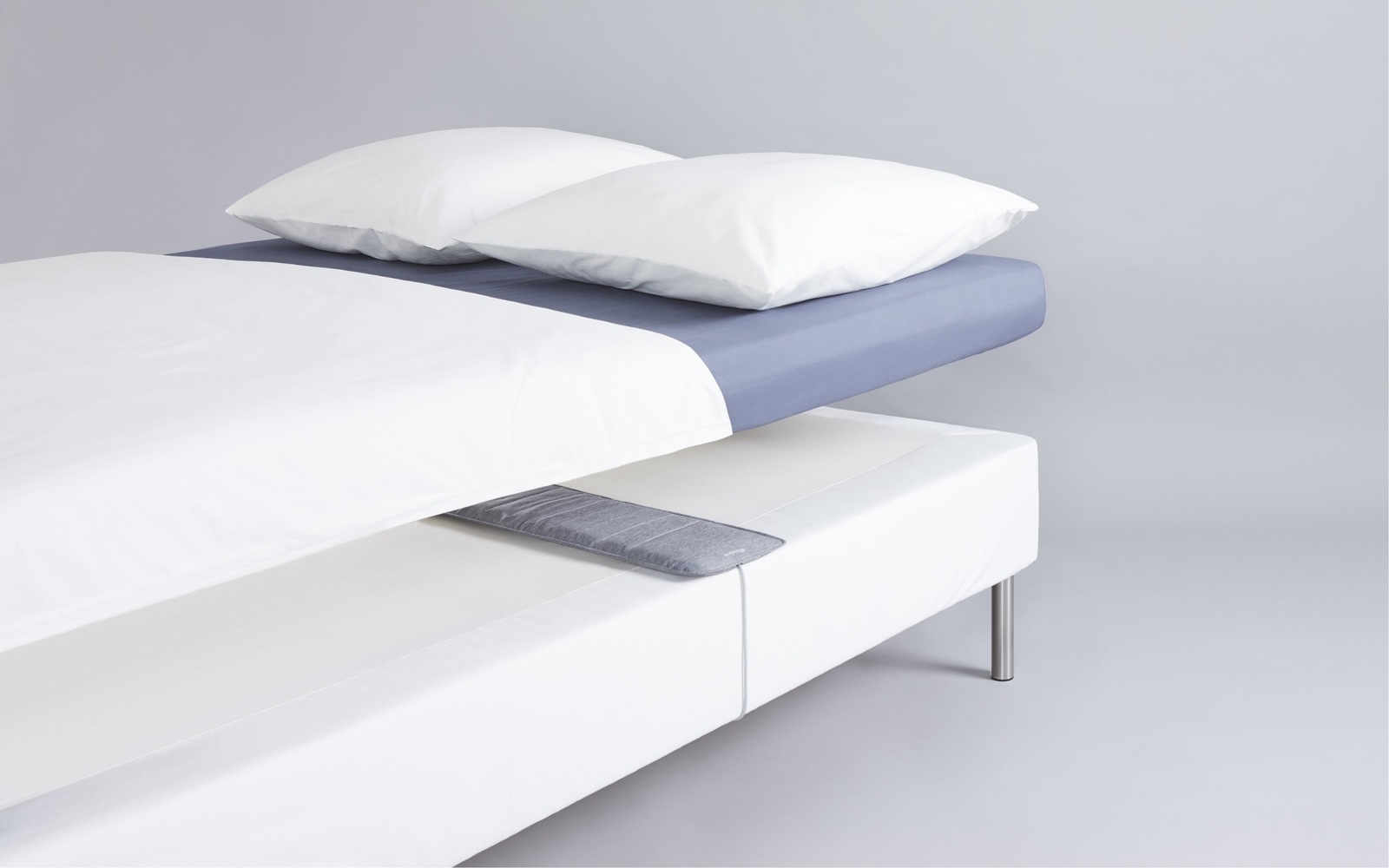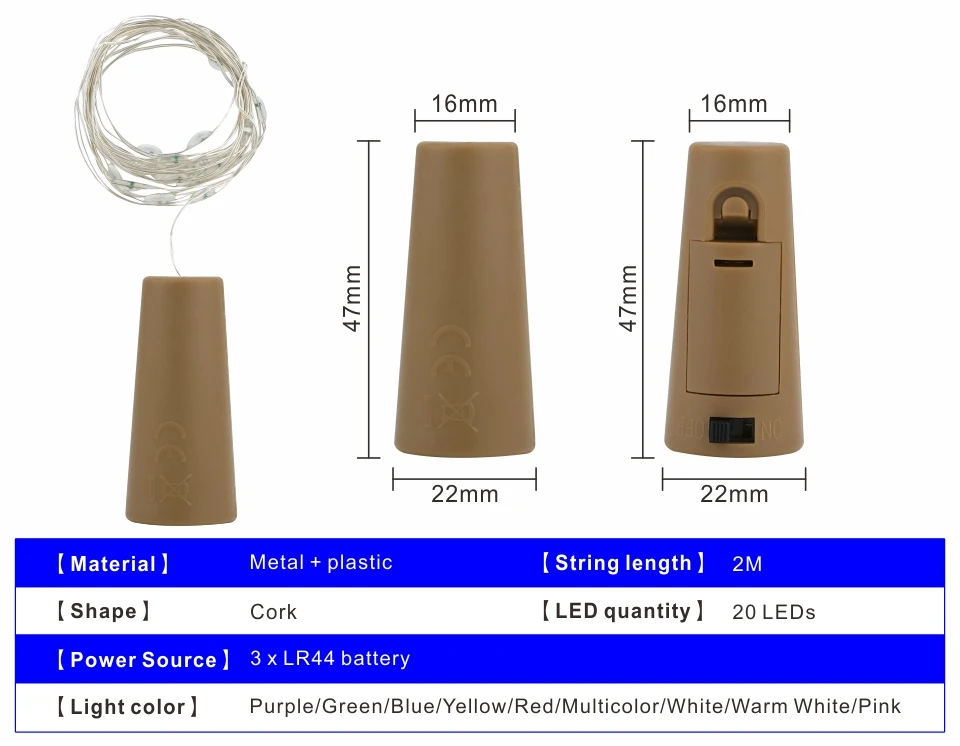

Noninclusion criteria were patients under positive airway pressure therapy, children younger than age 18 years, and persons with linguistic or psychological incapacity to sign a written informed consent form. Patients screened preoperatively for bariatric surgery were also enrolled at the French site. Patients were included if they were suspected to have OSAS based on regular snoring, possibly witnessed apnea, and nonrefreshing sleep with various degrees of daytime sleepiness. Men and women between ages 18 and 70 years who had been referred for a PSG test were consecutively offered the opportunity to participate. In this study, we evaluated the diagnostic performance of the WSA compared to the gold-standard PSG manually scored by certified specialists in a population of patients with suspected OSAS referred to a PSG test in a sleep laboratory. The WSA is powered by a deep-learning algorithm that uses body movement, breathing patterns, cardiac activity, and snoring to estimate an apnea-hypopnea index (AHI). The Withings Sleep Analyzer (WSA) is a new concept of nonwearable devices that can be placed under mattresses in a nonintrusive manner and unattended by a technician. 14 But sufficiently powered clinical studies are needed to assess their sensitivity and specificity against the gold-standard PSG. Wearables and other consumer devices offer new perspectives for disease management, from mass screening to fine-grain phenotyping, from prevention and early detection to monitoring of treated patients, and for the knowledge of the natural history of a disease.

However, the presence of these numerous sensors may deteriorate the quality of sleep.

Testing can be performed in a sleep laboratory or at home and consists in recording several physiological signals such as electrocardiogram, respiratory movements, airflow, electroencephalogram, electromyogram, and electrooculogram. 1, 3– 9 It is also estimated that around 80% of patients are undiagnosed, 5, 10– 12 which is in part explained by expensive and time-consuming diagnostic means.ĭiagnosis of the syndrome is made by overnight polygraphy (PG) or polysomnography (PSG). It is estimated that between 4% and 8% of men and 2% and 6% of women have OSAS, although estimates vary by an order of magnitude depending on the definitions retained and equipment used. OSAS affects a large and growing number of people, particularly in developed countries, because obesity and age are the main risk factors. Obstructive sleep apnea (OSA) is the most prevalent mechanism of sleep apnea syndrome (SAS). OSAS also leads to cardiovascular and metabolic complications. Untreated OSAS is associated with a significant decrease in quality of life and cognitive performance, as well as an increased risk of accidents caused by daytime sleepiness. Episodes of apnea and hypopnea result in intermittent hypoxia and/or sleep fragmentation. Obstructive sleep apnea syndrome (OSAS) is characterized by a cessation (apnea) or a decrease (hypopnea) in breathing during sleep.


 0 kommentar(er)
0 kommentar(er)
